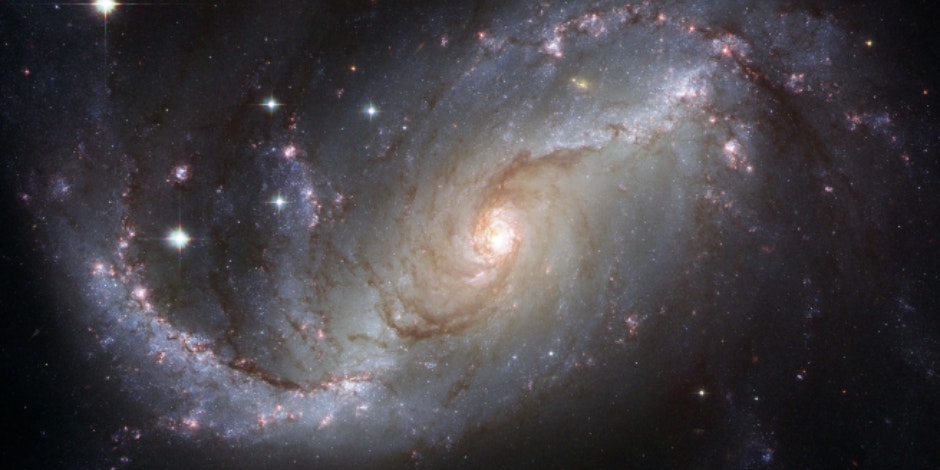Did Comet Atlas C/2019 Y4 Shatter?
C/2019 Y4, the dusty snowball comet will not be visible this May.
 Pixabay via @pexels
Pixabay via @pexels Sometimes a good thing just won't last.
Such is the case for C/2019 Y4 (ATLAS) which was set to light the night sky this May.
Instead, the celestial event is cancelled due to the comet shattering to pieces last weekend beginning Saturday, April 11, 2020.
What was C/2019 Y4 (ATLAS), according to astronomy news?
C/2019 Y4 was the brightest star discovered by ATLAS on December 28, 2019.
The terrestrial discovery of C/2019 Y4 was discovered by ATLAS (Asteroid Terrestrial-impact Last Alert System) in Hawaii with a near-parabolic orbit.
ATLAS comet C/2019 had reached its nearest point to planet Earth on April 11, 2020.
Astronomers who have been studying the comet questioned whether or not ATLAS C/2019 Y4 would survive much longer.
According to Earthsky.com, “After observations suggesting the presence of fragments in the inner coma of C/2019 Y4 ATLAS, we imaged this comet every night.
In particular, tonight we observed at least three fragments, telling us that the comet really experienced a breakup event”.
Several online sources and astronomers have also stated that ATLAS Comet C/2019 Y4 has slowly been fading in brightness since around April 5, 2020.
Can ATLAS C/2019 Y4 still be seen from planet Earth?
Atlas C/2019 was anticipated to present a sight for all to see in May 2020 when it would be closest to the Earth.
If the comet is shown at its brightest form then it could be seen by the naked eye.
But since it is slowly dimming, even the fragments may be difficult to see without a telescope.
What causes a comet, like ATLAS C/2019 Y4 to form, according to astronomy?
Like with all dusty snowballs that orbit the Sun, a comet can be unpredictable and act unexpectedly.
Comets were created when the Solar System was formed.
What are comets like ATLAS C/2019 Y4 made of?
They are made of ice, such as water, carbon dioxide, ammonia, and methane, mixed with dust.
Once the comet passes close to the Sun, it begins to warm which causes it to release gas which is basically the term “outgassing”.
How long have astronomers recorded celestial events similar to ATLAS C/2019 Y4?
Astronomers have been recording comets 4 Century BC.
Virtual Telescope Project 2.0 based out of Italy shared images of C/2019 Y4 on its website.
The Virtual Telescope Project 2.0 started in 2006, and is a newsroom of astronomical faculty, reporting findings, sightings and discovery for astronomers, astrophysicists and stargazers.
When will the next celestial event take place, according to astronomy news?
According to this site, the next celestial event will take place on April 28, 2020 when Asteroid (52768) 1998 OR2 comes in close proximity to planet Earth.
With the recent events and astronomy news reported about C/2019, did this comet really shatter?
Saturday's cosmic disintegration of C/2019 can be seen on photos of the comet's fragments can be seen on On Sunday, April 12.
astrophysicist and founder of the Virtual Telescope Project in Italy confirmed that C/2019 Y4 had, in fact, broken into pieces.
Gianluca Masi stated that "the comet's nucleus could be viewed as three to four distinct parts."
Do comets like C/2019 shatter often?
Apparently, comets are anticipated to shatter eventually due to their composition.
In fact, C/2019 Y4 is thought to have been formed as a result of the breakdown of C/1844 Y1, another comet that broke apart and experienced a similar fate.
Katrina Harris is a writer who covers astrology, love and relationship topics.
